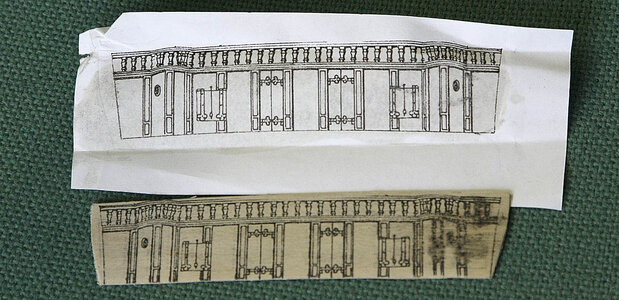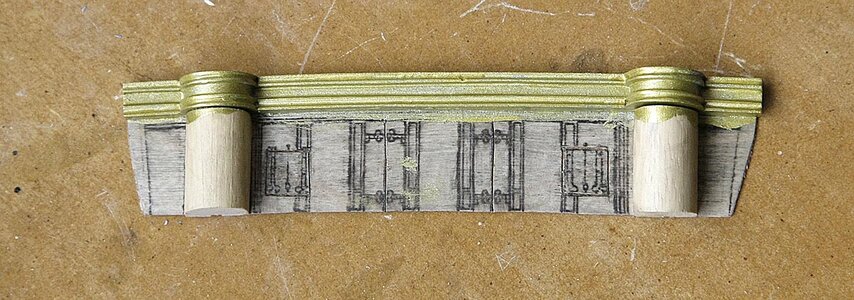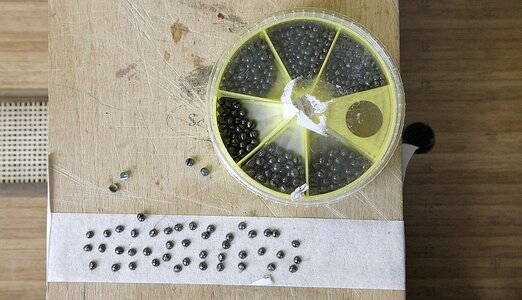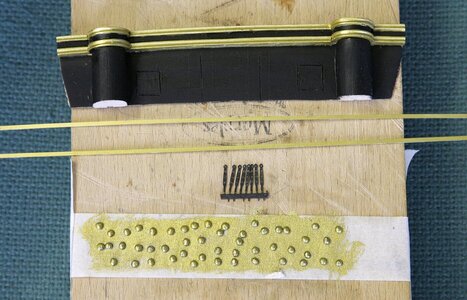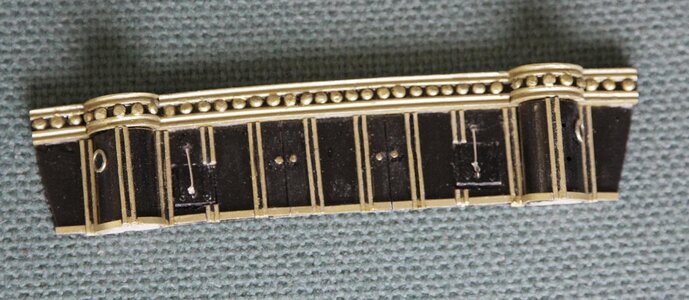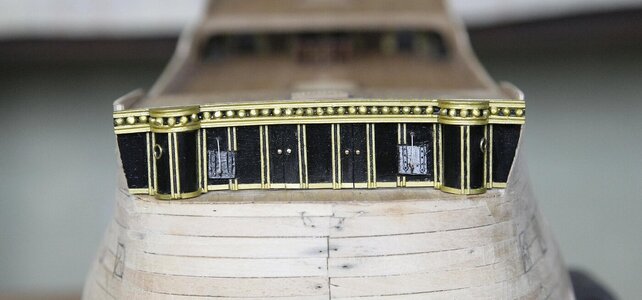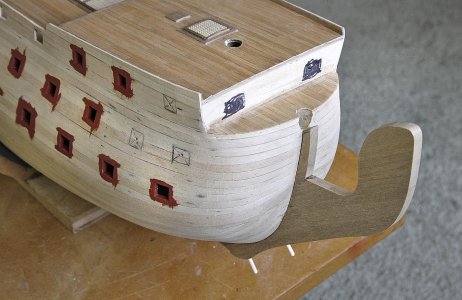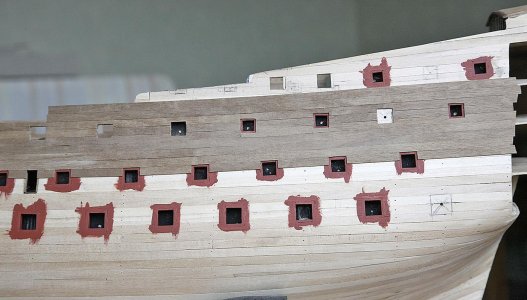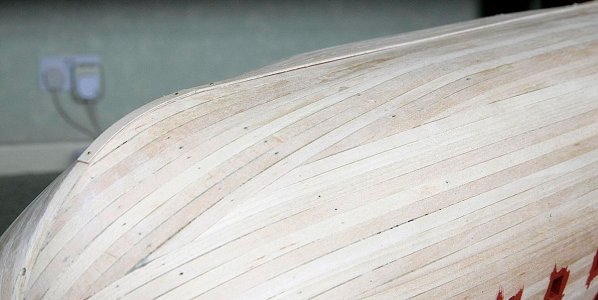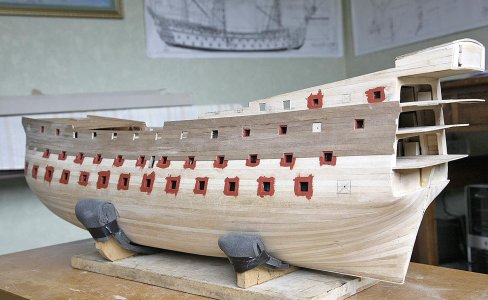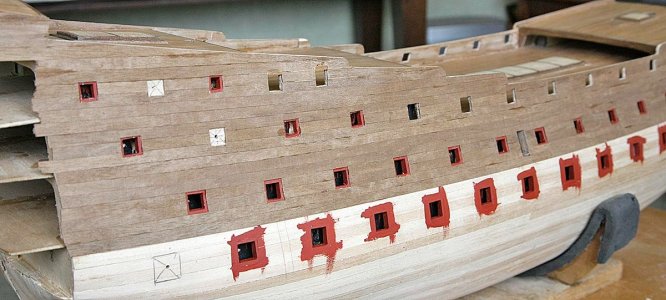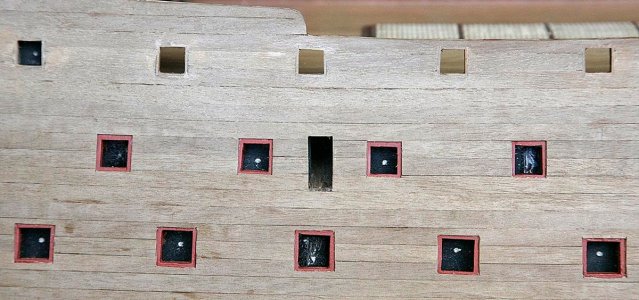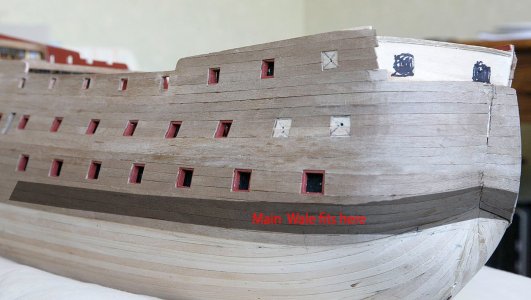Ken,After finishing the initial planking, of the upper, I turned my attention to starting from the keel upwards. Initially this caused me problems. The false keel is 10mm, nice and sturdy but the walnut keel to be added later is only 7mm, the bulkheads are set flat and even with the bottom of the false keel except for where they arrive at a steep angle at the bow and the stern. It's difficult to describe in words the problem in getting the transition from planks laying flat at the bottom then over what is a shoulder of the wider false keel and lie flat against the side. To overcome this I added a 7mm planking strip along the bottom of the 10mm false keel, and used this to butt my planks up to. It means that I have planked the bottom of the keel as well but it made it easier to get a good flow of the planks and when complete I thought that I could always sand it back to near its original dimension. I think you’ll understand better when you see the pictures.
I split the area to be planked in half, worked upwards and downwards letting the planks have as natural a run as I could let them.
I had to take a short break from planking as the repetitive gripping of the many hundreds of small nails was causing cramps in my hand, I knew it wasn't going to be easy but that part of it was now nearly complete. I'd planked to below the lower gun deck, I was happy with the way that the planks were lying with a nice true run. I checked and rechecked the gun port positions from as many reference points as possible and all seemed to be ok.
Looking over the planking that I had done I could see that a slight hollow was forming around the second frame and that where the bow filler blocks joined the frame the curve had a slight bulge. I thought that the hollow relates to the earlier problem of the height of the bulkheads which I'd corrected, I've added strips to the edges of the 2nd, 3rd, 4th frames and re-profiled them so that should now be ok. I realised that the bulge was because I hadn't been aggressive enough shaping the edge of the bow blocks, I took more off the remaining part and hoped that I'd done enough to get a good profile. I hadn’t yet managed to complete any hull without the use of filler and I was hoping that this would be my first. This wasn’t really important but is just a matter of satisfaction.
View attachment 453456
View attachment 453457
View attachment 453458
View attachment 453459
View attachment 453460
View attachment 453461
View attachment 453463
View attachment 453464
View attachment 453465
View attachment 453466
That is great planking! The deck looks fabulous as well. Given that I am 70, I may never reach your quality of workmanship and craftsmanship!
Bill





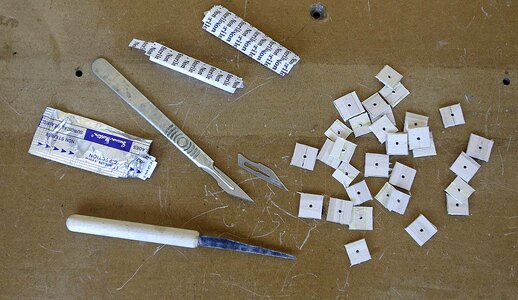
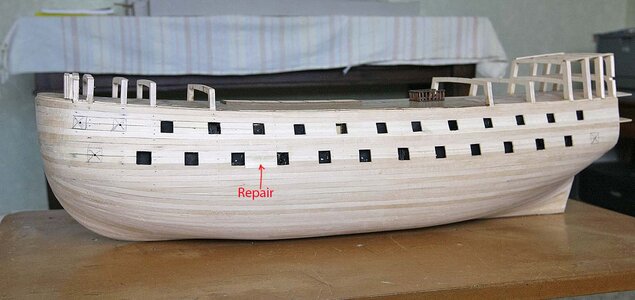
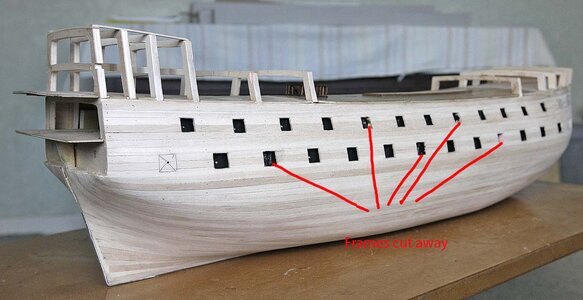
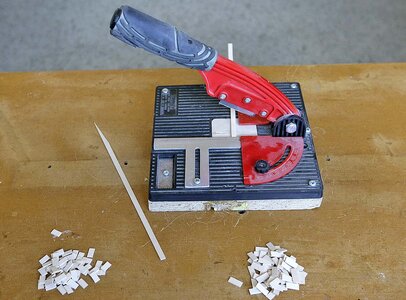
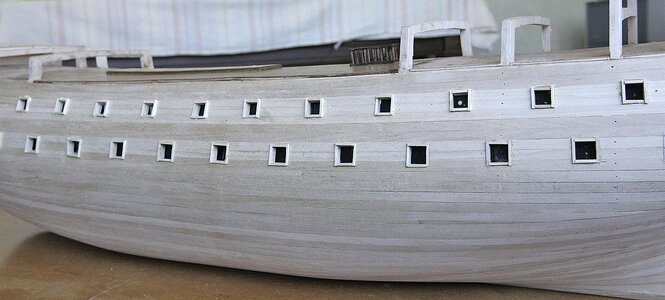
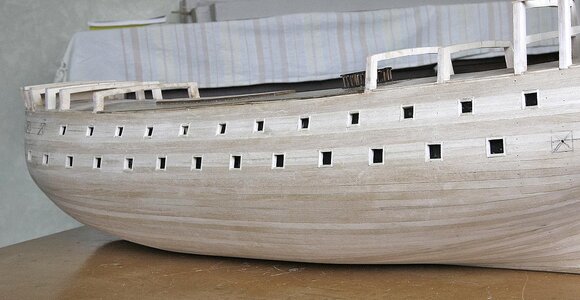
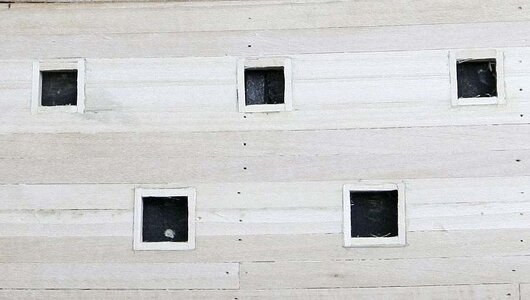

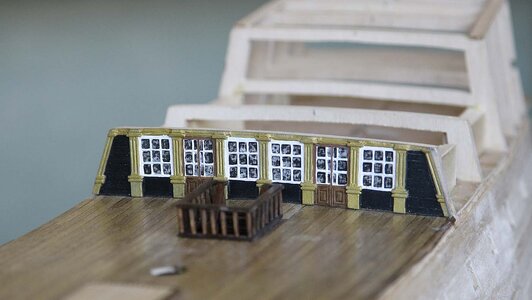
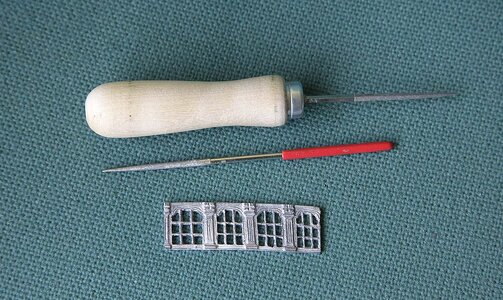
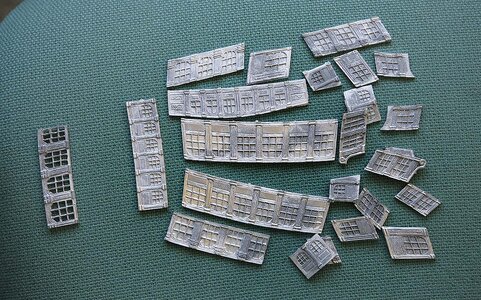
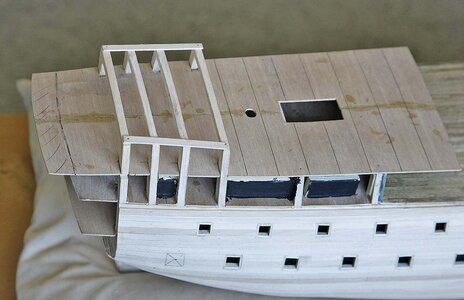
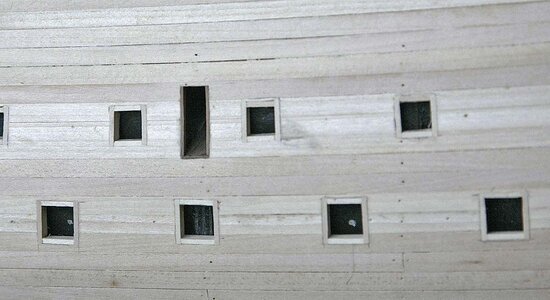
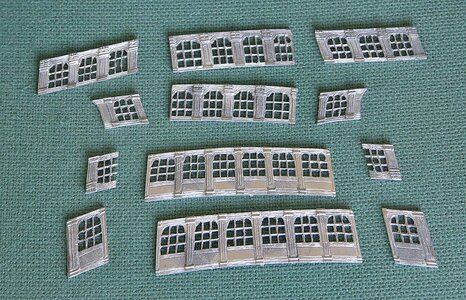

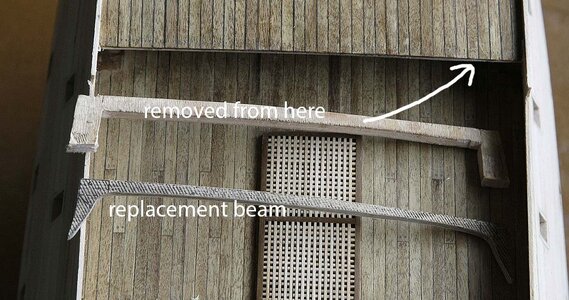
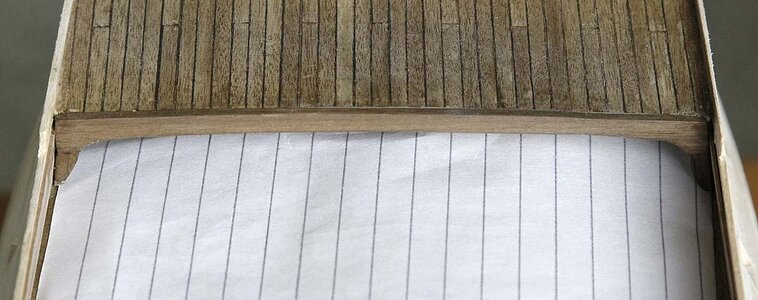
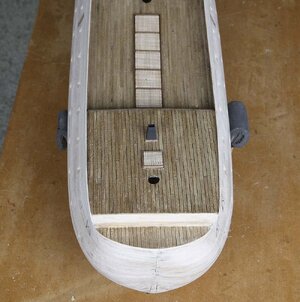
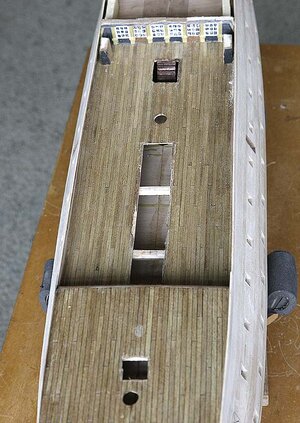

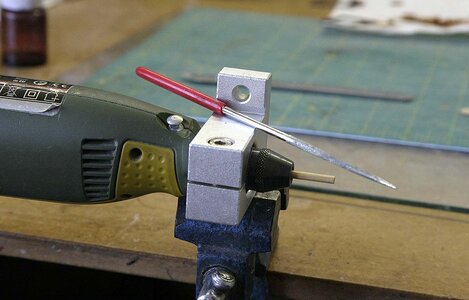
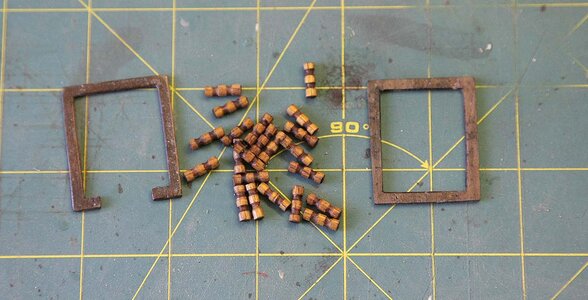
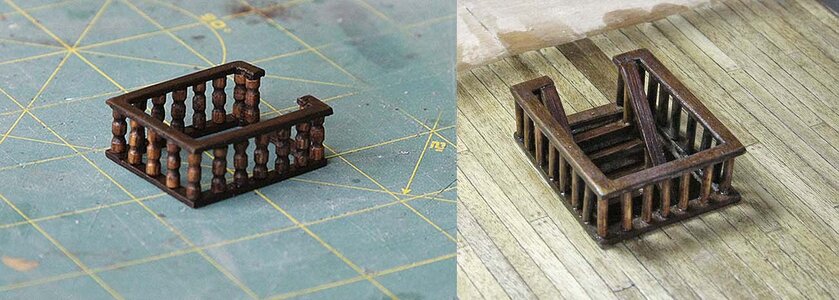
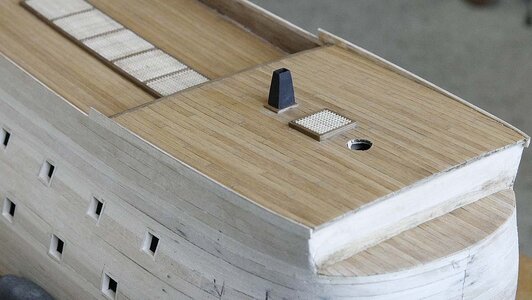
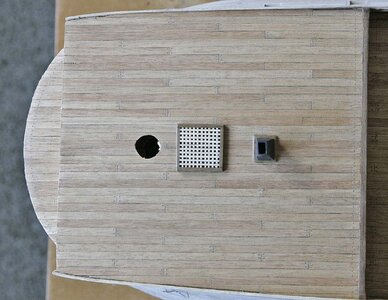
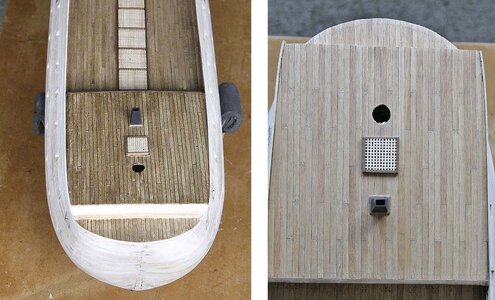
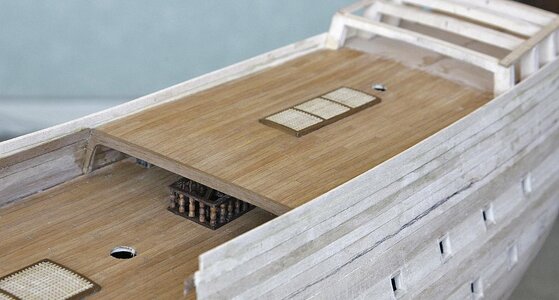
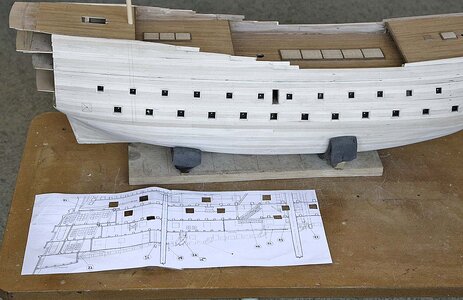
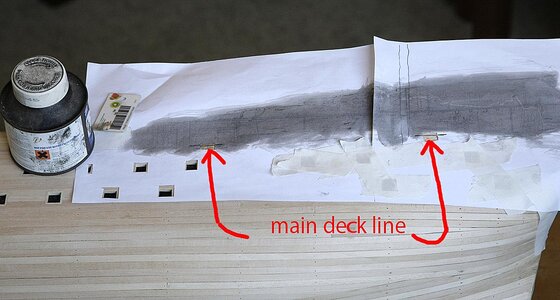
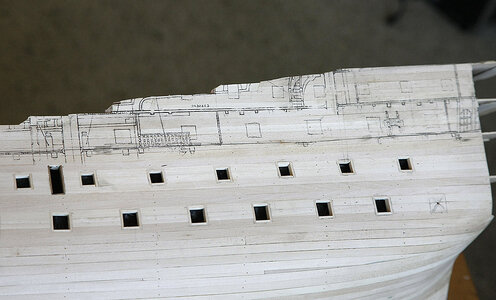
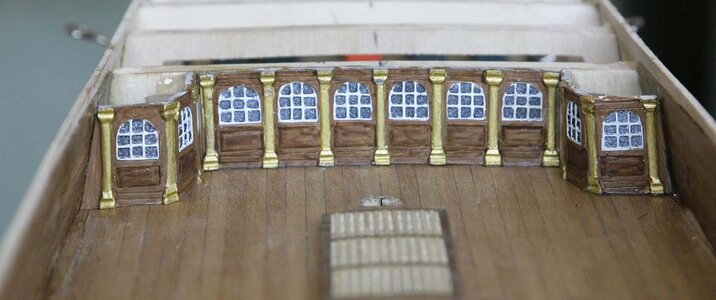
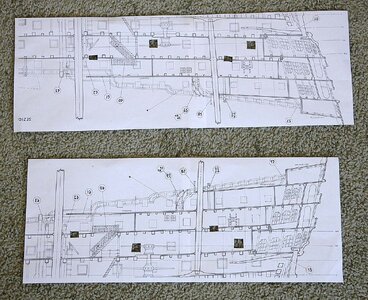
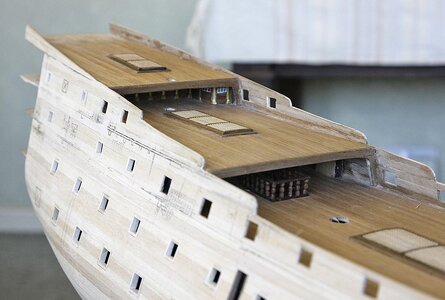
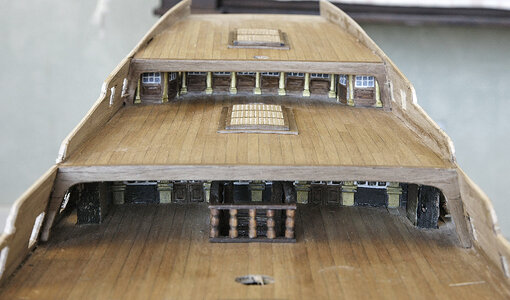
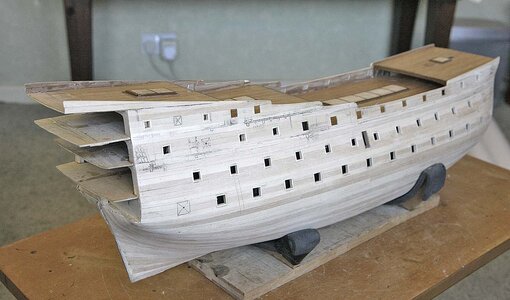
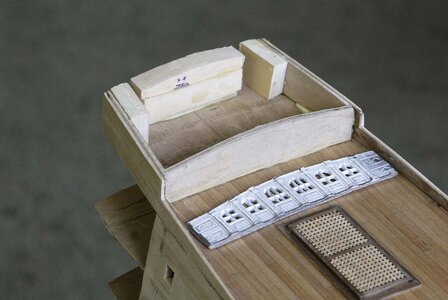
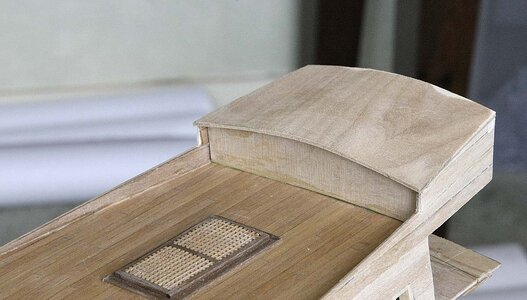
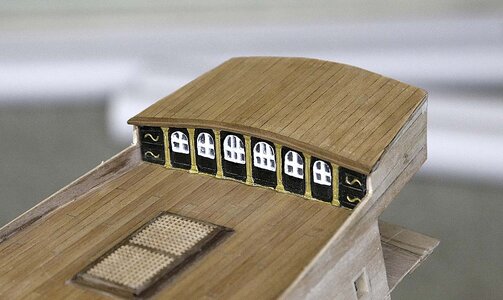
 . Cheers Grant
. Cheers Grant